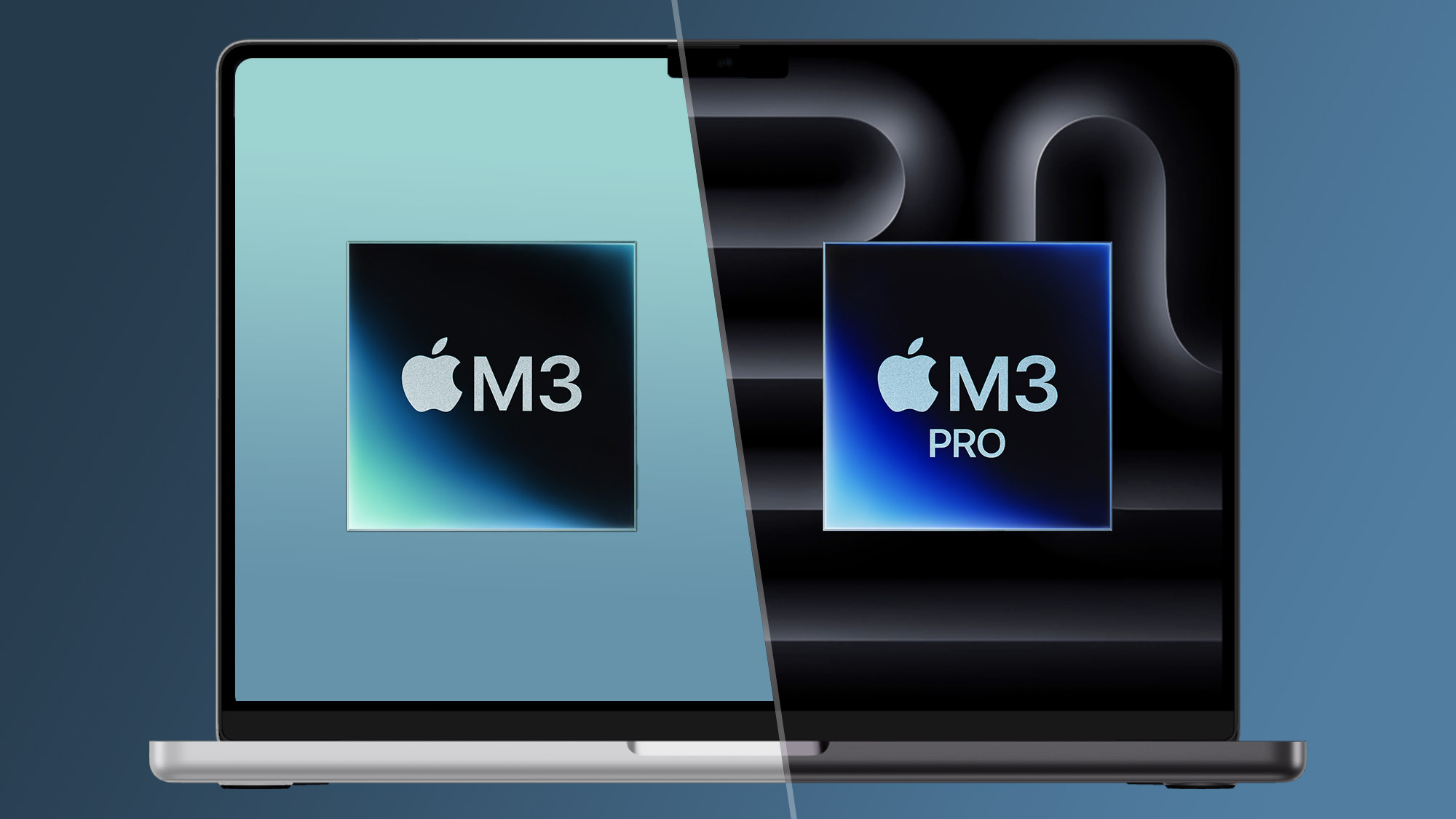MacBook Pro M3 first benchmarks leaked — here's how 'scary fast' it is
The benchmarks show a solid improvement on M2

We’re just days from Apple’s new M3-powered MacBook Pro and iMac computers being delivered to early adopters. While the company has given us some ballpark estimates on how much more powerful the M3 family is over its M2 predecessor, we now have a handful of benchmarks to demonstrate the real-world performance.
Before we get into that, a short recap. At its ‘Scary Fast’ event, Apple said for the 8-core CPU on the basic M3 chip, you could expect 35% faster performance than M1 and 20% faster than M2.
As 'Scary Fast' as predicted?
| Chipset | Geekbench 6 single-core | Geekbench 6 multi-core |
|---|---|---|
| Apple M3 | 3,030 | 11,649 |
| Apple M2 | 2,572 | 9,465 |
| Apple M3 Max | 2,971 | 20,785 |
| Apple M2 Max | 2,736 | 14,497 |
| Apple M2 Ultra | 2,430 | 18,700 |
As spotted (and subsequently verified) by 9to5Mac, a benchmark has appeared on Geekbench which confirms this as pretty much spot on. The listing shows a single-core score of 3,030 and a multi-core reading of 11,649.
Geekbench’s average scores for the M1-powered MacBook Air are 2,333 and 8,313 — or a 30% and 40% increase there. Split the difference, and it’s 35%. For the M2-powered version, the averages are 2,572 and 9,645, for a smaller boost of 18% and 21% respectively.
While this might not sound like an Earth-shattering improvement, bigger things are promised in graphical performance, if Apple’s estimates prove equally accurate. The company says that the 10-core GPU is up to 65% faster than M1 and 20% faster than M2.
For those going all in on an M3 Max-powered MacBook Pro, another Geekbench benchmark appeared shortly after the standard M3. Achieving scores of 2,971 in single core and 20,785 in multi, it not only makes mincemeat of the average for M2 Max (2,736 and 14,497) but is practically level pegging with the output of the pricey M2 Ultra. That makes the power of a (for now) theoretical M3 Ultra chip a tantalising proposition.
Good stamina
Pleasingly, Apple is confident that these big performance gains will not come at the expense of battery life. If these claims are to be believed, the 3nm architecture of M3 brings that additional power without sacrificing battery life.
Sign up to get the BEST of Tom's Guide direct to your inbox.
Get instant access to breaking news, the hottest reviews, great deals and helpful tips.
9to5Mac has been through Apple’s various comparison pages to show exactly how much better the stamina should be. It’s an improvement across the board, as the chart below demonstrates.
| Row 0 - Cell 0 | 14-inch M3 | 14-inch M3 Pro or Max | 16-inch M3 Pro or Max | 14-inch M2 Pro or Max | 16-inch M2 Pro or Max |
| Wireless web battery | 15 hours | 12 hours | 15 hours | 11 hours | 14 hours |
| Video playback | 22 hours | 18 hours | 22 hours | 17 hours | 21 hours |
Obviously, these are Apple's own estimates, and real world performance will vary depending on what you’re up to. But in general, you should get more time away from the power outlet with the new generation.
You can read our hands-on review of the 16-inch MacBook Pro here. We should have full benchmark-packed reviews of all M3 powered Macs soon — watch this space.
Freelance contributor Alan has been writing about tech for over a decade, covering phones, drones and everything in between. Previously Deputy Editor of tech site Alphr, his words are found all over the web and in the occasional magazine too. When not weighing up the pros and cons of the latest smartwatch, you'll probably find him tackling his ever-growing games backlog. Or, more likely, playing Spelunky for the millionth time.

